Art photography always seemed to be the misfit of the art world. From its very inception over 150 years ago, photography was shunned by traditional artists who were both threatened and scandalized by the (apparent) effortlessness with which a photograph is produced, and saw it as a potential abolition to painting. The first ever art photographers were known to paint over their photos in an effort to prove themselves as being just as hard working and willing to get their hands dirty as any painter. But photography came into its own as a legitimate form of art and adopted a myriad of approaches and visual directions, dispelling any concern on image monopoly, and was eventually embraced by both the art world as well as mainstream media. Nowadays, it is taught in every major art school and it is present in any grand art exhibition, yet it did not quite manage to shake the reputation of being a facile art form. And it’s only natural when you’re operating with reality and a machine that can capture it at a simple push of a button. Moreover, with today’s increasing advances in technology, taking photos is easier than ever – cameras on every phone and filters which make any photo look good appeal to contemporary society’s dire need for instant gratification. With today’s maddening influx of images with which we are bombarded each day, only very few manage to stand out.
Roland Barthes would argue that punctum is what separates a remarkable image from all the rest. In Camera Lucida, he describes two terms as the main factors in reading an image. Studium is what he refers to as the element that creates interest in the photographic image, the artist’s intentions. Herein lay all the cultural connotations of the image which ultimately become the key in reading it. Journalistic photographs are the best examples of studium, where they draw interest due to their subject matter and/or aesthetic composition. The real kicker is the punctum, however. It is that unique element within any outstanding image that jumps at the viewer, that rare detail that not only attracts attention, it has the potential to completely take over the image. Studium and punctum can coexist in an image, yet punctum disrupts the studium in the sense that it can change the entire reading of the photograph and gives it added value. Punctum cannot be effectively described because it is always something different for each person. It refers to the personally touching detail which establishes a direct relationship with the object or person within it, going far beyond basic cultural, linguistic, and political interpretations which remain in the realm of the studium. Naturally, in today’s political climate and with the latest photographic technology available at one’s fingertip, documentary, (auto)biographical or social photography is as appealing as ever for the independent art scene. So much that a lot of art nowadays is beginning to resemble mere journalistic investigations that are relevant only for their subject matter (as I’ve lamented in other articles before), and not necessarily for their concept or aesthetic qualities. In other words, lots of studium and no punctum. In these cases, if these images were stripped of their socio-political dimension, they wouldn’t say much.
Juliane Eirich is one of those photographers whose images have no socio-political discourse. She travels the world on photographic assignments and documents her journeys. However, these journeys are not something to be gazed, but something to be experienced. Her solo show at Borderline Art Space in Iași was a prime example of punctum over studium. Borderline Art Space has quite the history of representing and exhibiting various photographers or photography related art events. The gallery is also known for being in touch with the photography department of George Enescu Art University, frequently hosting workshops and talks where international artists like Juliane Eirich reveal industry secrets. Dale. Zero Moment was, for all intents and purposes, a series of documentary photographs from Eirich’s photographic residency in Dale, Norway. But at a closer inspection, one realizes that this is no ordinary documentary series. At a first glance, the photos exhibited appear to be rather vacant landscape or detail shots. Yet the more you look, the more you realize something is off. Mesmerizing photos of varying sizes (from large scale prints to tiny frames the size of your palm) depicting minimal landscape shots of forests, mountain roads, mountain cabins, as well as some macro shots of plants were sprinkled all around the exhibition space, separated into a white cube type room and another smaller room that is entirely painted in black, which adequately potentiated the works. And although the subject matter seems harmless enough, the key to this exhibition is not seeing, it is experiencing. And as soon as one begins to read each image, certain feelings might surface: for some it can be a sense of calm and soothing serenity emanating from the beautiful scenery and architecture depicted in Juliane’s crisp prints; for others, a sensation of anxiety or even dread might describe their encounters with the eerie landscapes. And Eirich warmly welcomes this co-imagination or co-authorship from the audience because she is fully aware of the punctum at play in her work – she is a master at not only capturing reality, but also a certain emotional charge. As such, she is one of those lucky photographers who work with worldwide mainstream publications, being employed to use her unique eye and manicured aesthetics in order to document various assignments, as well as successfully activating in the art world.
Dale is a rural community in Norway, where Juliane spent a month exploring the surroundings. This wasn’t her first residency of this kind, in the past she traveled to The United States, South Korea and Japan where she approached foreign contexts from an existential point of view. She always positions her self in relation to the places she is meant to document, opening up to hybridity. The result is a kind of diary that is both intimate yet oddly detached, the artist becomes a kind of emotional archaeologist. Eirich’s solo show is called Zero Moment for a reason. For this series in Dale, she sets off to explore this ambiguous state, oscillating between tranquility and tumult, that one might feel when faced with a foreign landscape dominated by the vast empire of nature. In this quest, Juliane does not recount her own personal story, but rather the story of Juliane within an assemblage, a deterritorialized artist simultaneously investigating her surroundings as well as her own identity, now in the process of being altered. Aesthetically wise, the images are perfectly executed, properly composed, clean and sharp. The process behind it is quite laborious. Eirich works mainly on large format film and is very careful with what she chooses to immortalize. Whenever she goes somewhere new, for the first week or so she travels around and explores the area without taking any photos. She takes her time, contemplates, observes and takes notes of places or things she might want to photograph. She visits the same place at different times of day to notice the light and, before she captures anything on film, she first uses a digital camera for tests. All throughout this process, Juliane never loses touch with her personal experiences and the way her mind is adapting to this new context, ultimately resulting in a depersonalized yet candid series of photographs, appearing emotional in an impersonal way.
There are no people present in Eirich’s images. They’re scarcely ever present in any of her works physically, yet human presence (viewed here as human absence) is still very much lingering: deep tire tracks on a misty mountain road, seemingly empty houses sharply erupting from the dense foliage, stone walls illuminated by artificial lights. Juliane’s approach is very anchored in the immediate reality of her surroundings, and so she rarely makes use of other equipment besides her camera. Even more rarely does she ever stage any of her photographs or touch up on them, save for some slight changes in brightness or contrast. However, breaking from her usual practice outdoors, for Zero Moment, Juliane had her first encounter with the studio: forced to spend some time indoors due to bad weather, the photographer got acquainted with studio lights and light tables where she first tried her hand at macro photography, deterritorializing herself even further. As a result, the Dale series also contains crisp macro shots of delicate plants scattered among the landscape photos.
Back at Borderline Art Space, the photographs are arranged as to constantly alternate between distant shots and close-ups, between large scale prints of macros and tiny prints of landscapes, thus perpetually keeping the viewer in a fragile equilibrium that feels like it might shatter at any second. The exhibition display has the viewer constantly walking within the space, always having to move closer or farther away from the photographs in order to see details or the bigger picture, further highlighting the fine line between serenity and restlessness emanated therein. What I thoroughly enjoyed when viewing this exhibition is that, as I said before, it has no socio-political content to support it. It does not feel as if anchored to a specific topic, and so I did not feel pressured to position myself according to any coordinates other that my own internal compass. Left with no explicit means to decipher the meaning behind the images, viewers must pass them through their personal filter, resulting in a unique reading for each. It is due to the punctum at play, that one detail that appears to be coming out of the frame and speaking solely to me.
Juliane Eirich, Dale, Zero Moment was at Borderline Art Space in Iași between 8 November – 10 December 2018.
POSTED BY
Marina Oprea
Marina Oprea (b.1989) lives and works in Bucharest and is the current editor of the online edition of Revista ARTA. She graduated The National University of Fine Arts in Bucharest, with a background i...
marinaoprea.com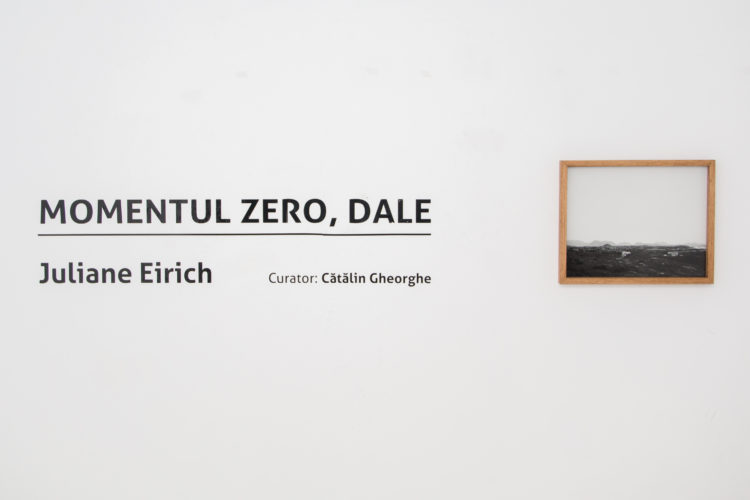
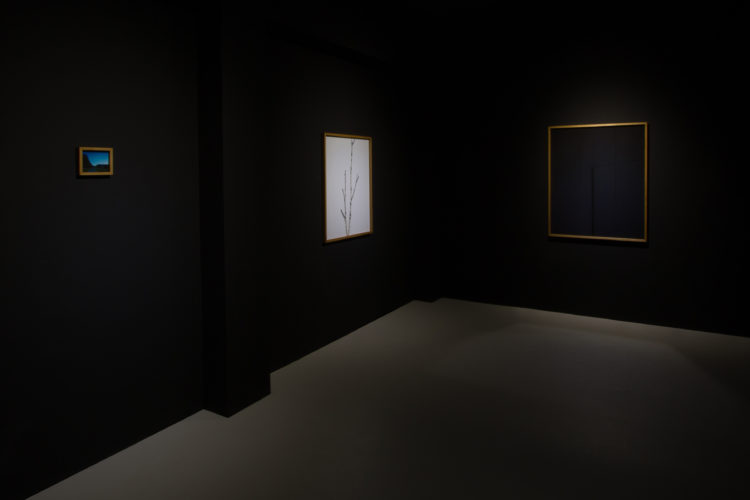
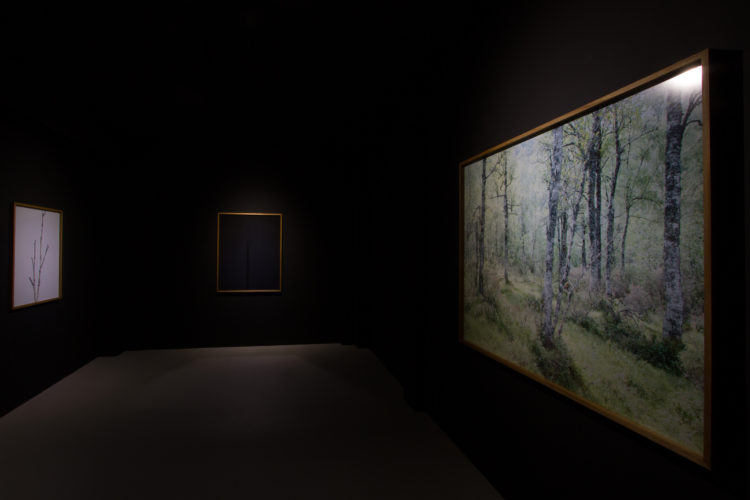
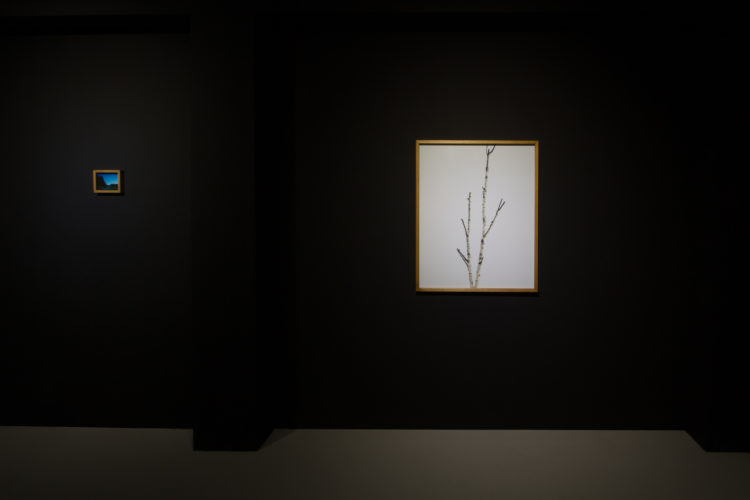

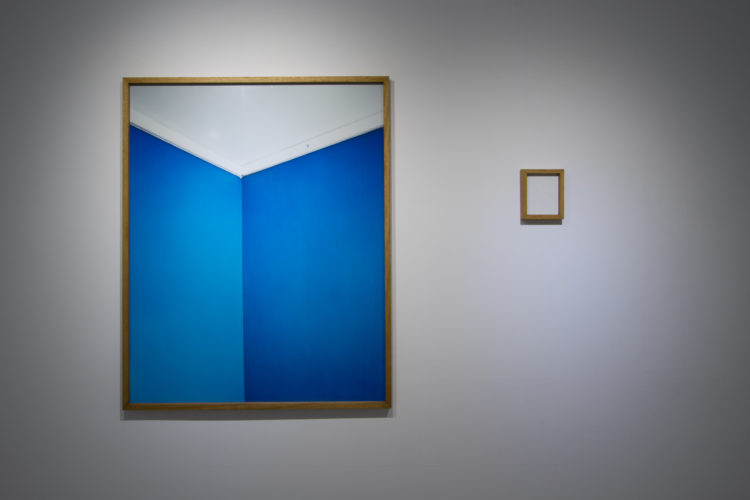
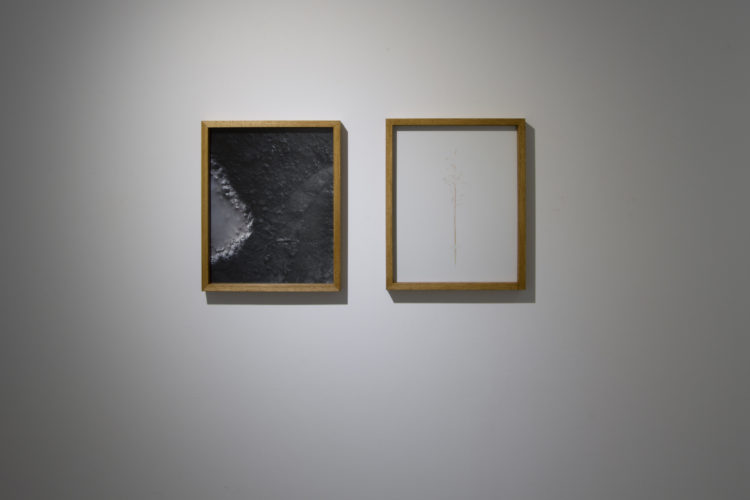
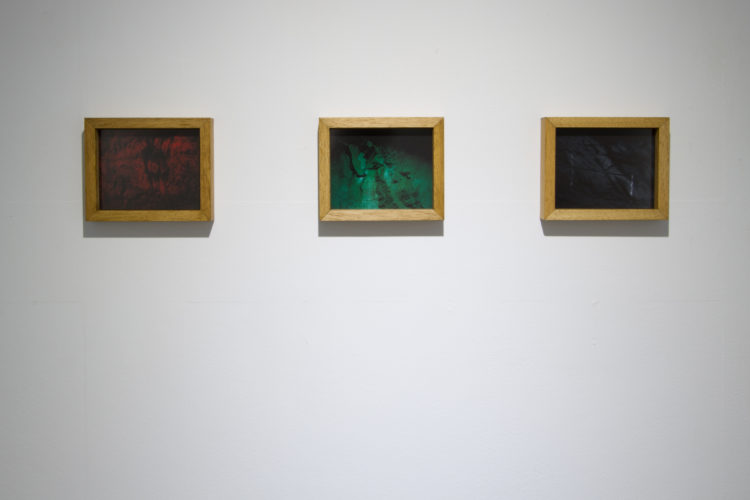
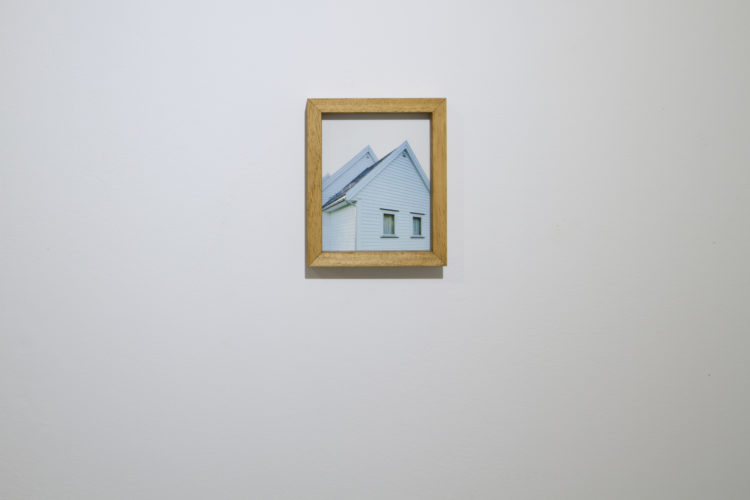
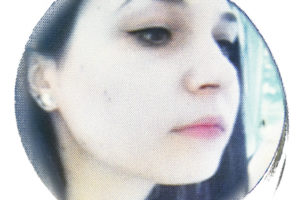
Comments are closed here.